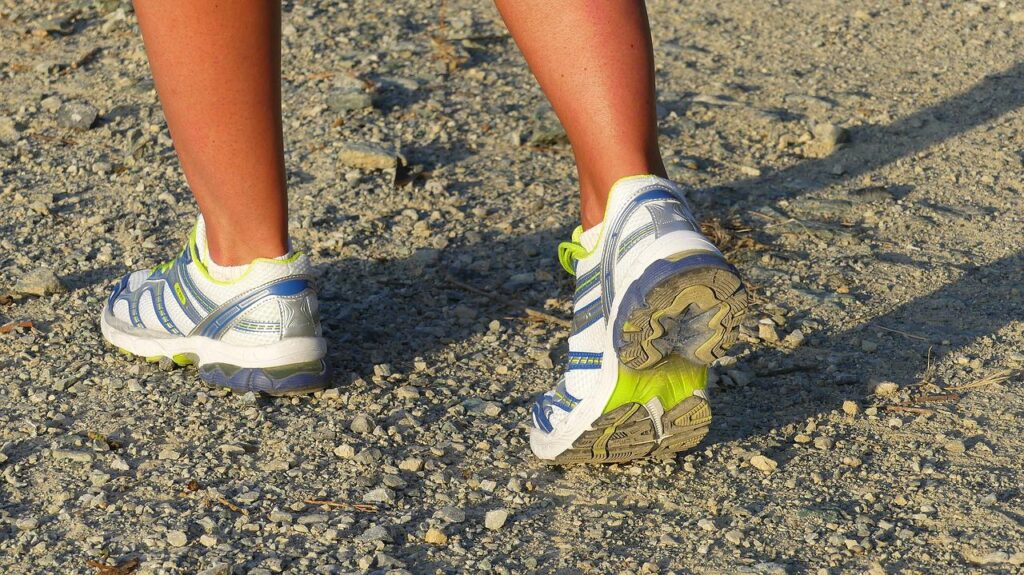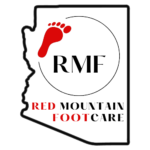Tips for Finding Your Perfect Running Shoe

Running may seem like a simple to do. However, running is actually a complex movement that puts stress on the ligaments, bones, and joints of the body. The first step to getting into a proper running routine is to make sure you are wearing the right running shoes. The proper shoe will help to correct biomechanical issues, increase performance, and prevent injury. You should always go to a sneaker store that specializes in running shoes so that the workers can help you find a sneaker that fits your foot strike. Professionals can measure your arch type, stride and gait and help you with your shoe needs.
Choosing the Right Running Shoe for Your Foot Type and Foot Strike
Running shoes should be selected based on your foot type and foot strike. These will dictate the degree of cushioning, stability and motion control you require.
What is “Pronation”?
The design of running shoes is created around the idea of pronation. Pronation is the natural rolling movement of your ankle from the outside to inside when your foot strikes the ground. If you run properly you strike the ground on the outside of your heel and roll in the direction of your big toe before pushing off once more. Pronation is beneficial because it assists the lower half of your body in absorbing shock and storing energy.
The 3 Types of Foot Strikes
There are three main types of runners based on foot strikes: neutral pronators (feet roll inward slightly), overpronators (when the foot rolls inward too much), and supinators (feet don’t roll inward enough).
- Neutral Pronation: Those considered neutral runners pronate correctly and do not need running shoes that help correct their form. Neutral runners can choose from a wide variety of shoes, including barefoot or minimal types. However, those who have arch problems or who adopt an incorrect form while running may experience too much or too little pronation. They may require running shoes that offer additional support.
- Overpronation: Those who overpronate experience an over-abundance of ankle rolling. Even while standing, those who severely overpronate display ankles that are angled inward. It is not uncommon for them to have flat feet or curved legs. The tendency to overpronate may cause many injuries. Areas that tend to become injured are the knees, ankles, and Achilles tendon. If you find that you have a tendency to overpronate, you should look at shoes that provide extra stability and motion-control. Motion-control shoes are straight and firm. Shoes of this type do not curve at the tip. The restricted flexibility along the middle of the shoe prohibits the foot from rolling too far inward as your foot strikes the ground.
- Underpronation: Underpronation, also called supination, is when the feet are unable to roll inward during landing. Those who underpronate have feet that lack flexibility and high arches. This prevents any kind of shock absorption, even though it does place less rotational stress on ankles and knees. This added force can cause fractures, ligament tears, and muscle strains because the legs are trying to compensate for the impact. Those who underpronate need shoes with more cushioning and flexibility. If you have a tendency to underpronate, selecting stability or motion-control shoes may cause you more problems by continuing to prevent pronation.
Do Your Feet Hurt From Running?
If you are a runner, wearing the right running shoe is essential. For more information, contact Red Mountain Footcare at our office located in Mesa, AZ. Our doctor can provide the care you need to keep you pain-free and on your feet. We offer the newest diagnostic and treatment technologies for all your foot and ankle needs. Contact Podiatrist Dr. Spencer Hardy 480-219-4100.
Read more about The Difference Between Walking Shoes and Running Shoes
